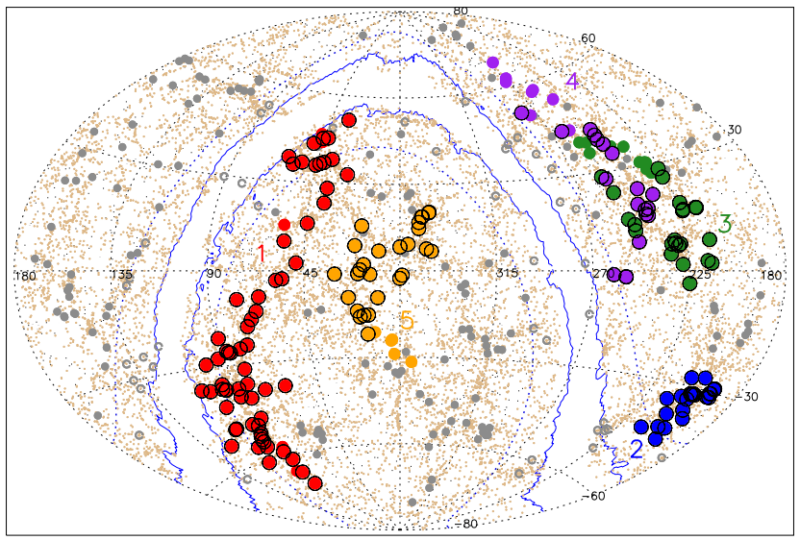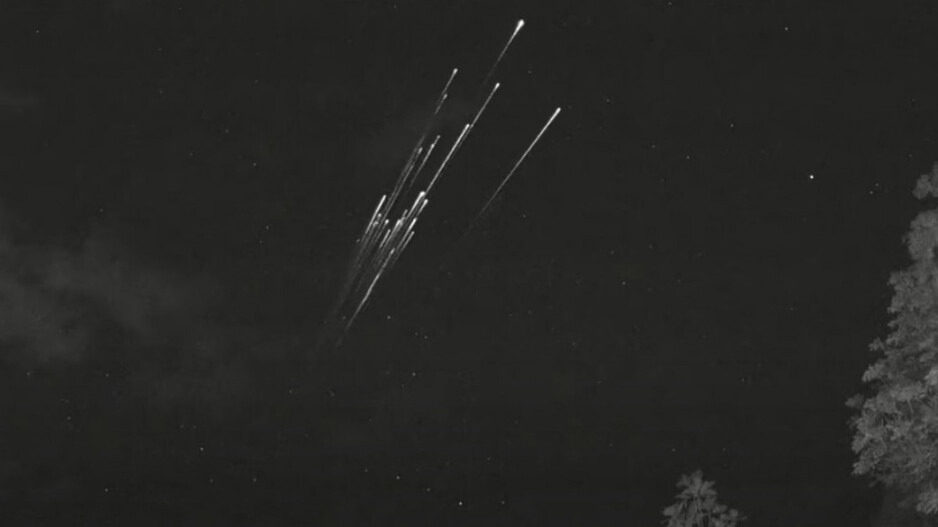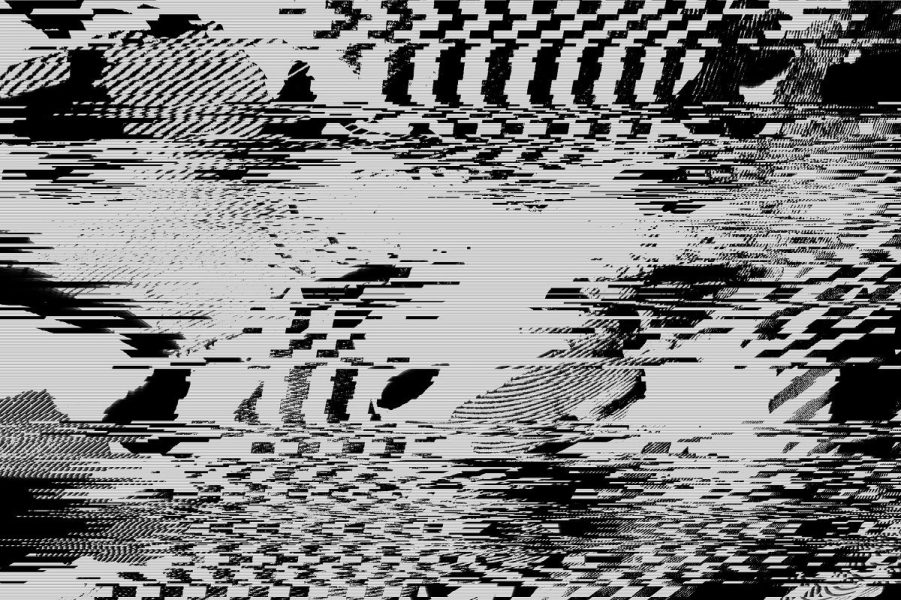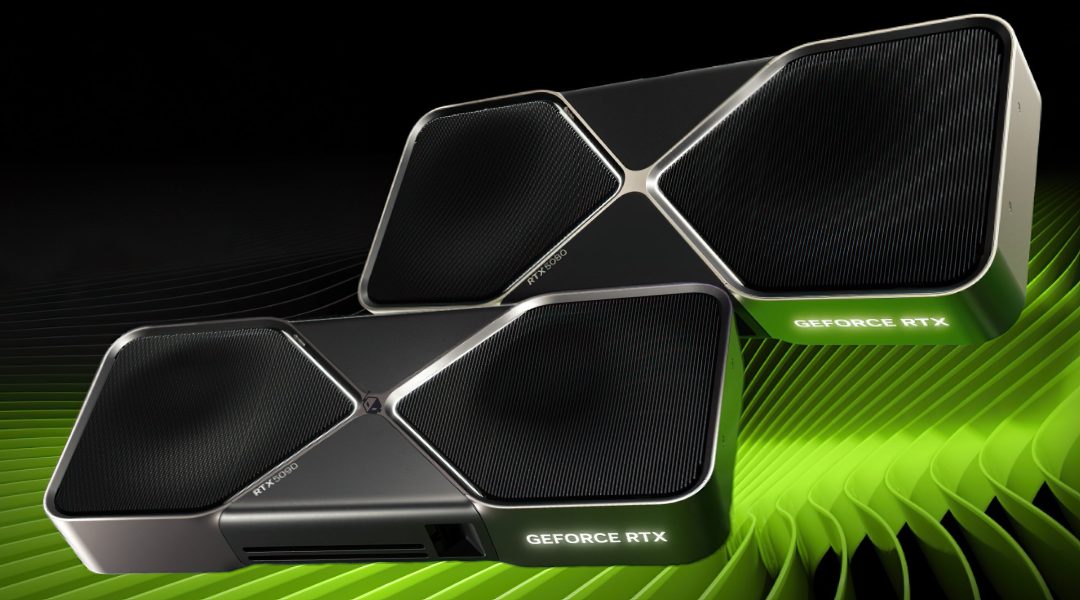Meet Quipu, largest known structure in the universe – EarthSky

A daily update by email. Science news, great photos, sky alerts.A team of astronomers have mapped the nearby universe, from about 425 million to 800 million light-years (which translates to some 130 to 250 megaparsecs), and discovered the largest-known structure residing there. They’ve named this massive collection of galaxies Quipu. And they said it stretches some 1.3 billion light-years (400+ megaparsecs) long, containing the mass of some 200 quadrillion stars.Hans Böhringer of the Max Planck Institute led the study.Hold up. What about the Hercules Corona-Borealis Great Wall? Isn’t it supposed to be 10 billion light-years long? Yes … but, Böhringer told EarthSky, this Great Wall has never been confirmed as a connected concentration of matter.And although Quipu is making headlines as the “largest structure in the universe,” Böhringer also told EarthSky that it’s technically the largest structure in the nearby universe, because:… larger structures might (quite probably) exist if we inspect ever-larger cosmic volumes.Still, for now, it’s the title-holder.The journal Astronomy and Astrophysics have accepted the researchers’ paper for publication. A preprint is available online at arXiv, dated February 3, 2025. The 2025 EarthSky Lunar Calendar is now available! A unique and beautiful poster-sized calendar. Get yours today!Quipu is not the only superstructure the team studied. They also found four others that are impressive in their own right. The researchers estimate these superstructures contain about 45% of the galaxy clusters, 30% of the galaxies and 25% of the matter in the universe. The structures are not only affecting their immediate environment but also distorting and modifying the wavelength of radiation passing through from deeper space. The paper said these large structures affect how we view the universe: For a precise determination of cosmological parameters we need to understand the effects of the local large-scale structure of the universe on the measurements. They include modifications of the cosmic microwave background, distortions of sky images by large-scale gravitational lensing, and the influence of large-scale streaming motions on measurements of the Hubble constant … Therefore the mapping of the large-scale matter distribution is an important task for observational cosmology.For example, we learn about the Big Bang – the spark that set our universe in motion – through the cosmic microwave background it left behind. Astronomers have mapped this relic radiation for fluctuations to see how fast the universe has grown. But superstructures such as Quipu likely warp our view.The researchers looked at the near universe but beyond the closest region that has been extensively studied. And they did this by looking at galaxy clusters that are bright in X-rays. Their survey, called the CLASSIX cluster survey, covered about 86% of the sky. The missing region is what astronomers call the Zone of Avoidance, but it’s what most of us call the Milky Way. When scientists are trying to peer out into the deep universe, the stars and dust of our own galaxy block the view. The dark strips in the maps we see here are where the Milky Way prevented researchers from seeing the galaxies behind it.There are 185 galaxy clusters within these five superstructures. Quipu alone has 68 galaxy clusters. It basically forms a long filament with small side filaments. The galaxies in the superstructure are too far away and therefore too faint for us to see with our eyes in the night sky. But the superstructure shows up readily on surveys. In fact, the paper said: Quipu is actually a prominent structure readily noticeable by eye in a sky map of clusters in the target redshift range, without the help of a detection method. It can also easily be recognized in the map of the galaxy distribution.So, if we could see it with our eyes, where would it be? EarthSky asked Böhringer where Quipu lies, and he told us:I have looked how I can trace Quipu across the constellations and came up with the following track, from South to North:Pictor and Carina (bordering Vela)
Puppis and Columba
Lepus
Eridanus
Taurus
Triangulum
PerseusQuipu is also close to another supercluster in the Southern Hemisphere – the Vela supercluster – that astronomers have known about since 2016. Are Quipu and the Vela supercluster linked? At the moment, the astronomers found no signs of it, despite their closeness. But they said it’s possible new detections in the tricky Zone of Avoidance might one day link them.If you search for Quipu on the internet, you’re likely to come up with information on recording devices from South America from a few thousand years ago. The paper said the superstructure was: … named after the bundles of cords with knots used by the Incas to store administrative and calendrical information, which resemble this superstructure in their shape. The name was also chosen because most the cluster redshifts have been obtained at the European Southern Observatory in Chile where such records were found.The superstructure Quipu won’t last forever. The researchers said: In the future cosmic evolution, these superstructures are bound to break up into several collapsing units. They are thus transient configurations. But at present they are special physical entities with characteristic properties and special cosmic environments deserving special attention.Bottom line: Scientists have discovered the largest known structure in the universe, which they’ve named Quipu. Find out more about its size, influence on our universe and fate.Source: Unveiling the largest structures in the nearby Universe: Discovery of the Quipu superstructure
Source: https://earthsky.org/space/quipu-largest-structure-in-the-universe/






